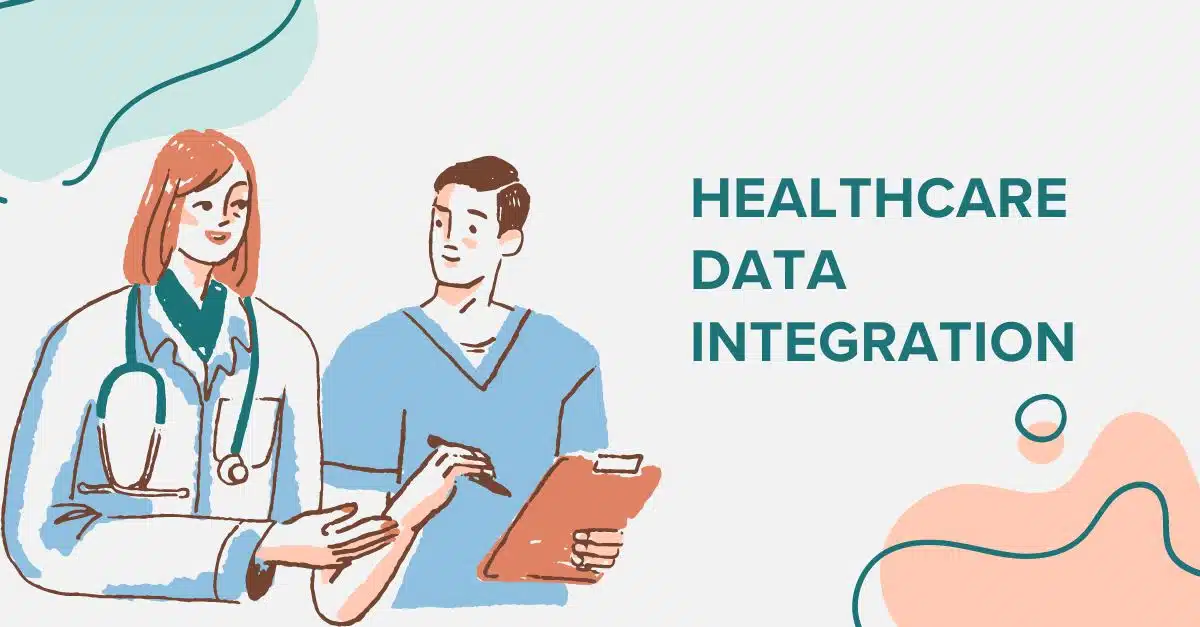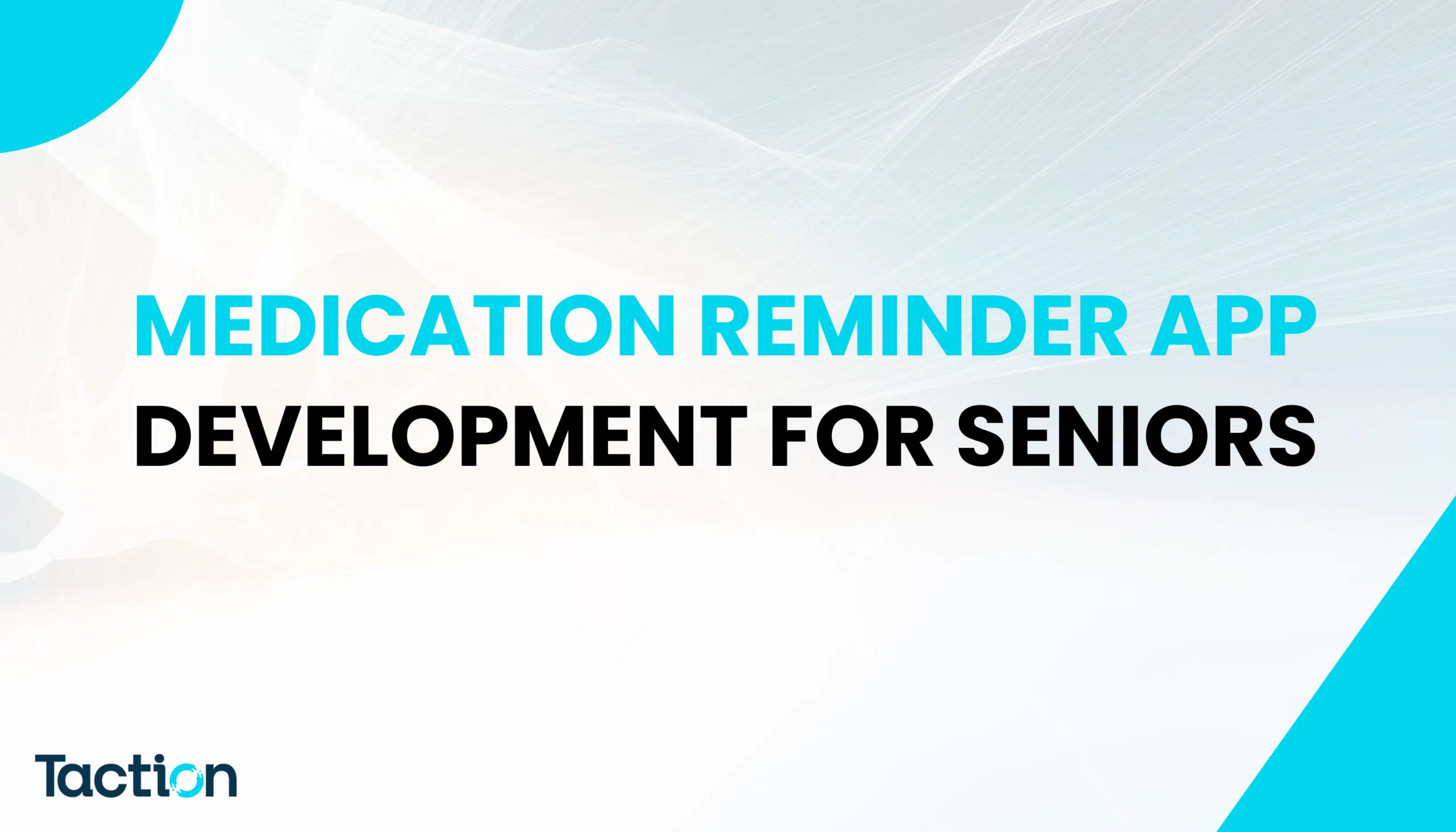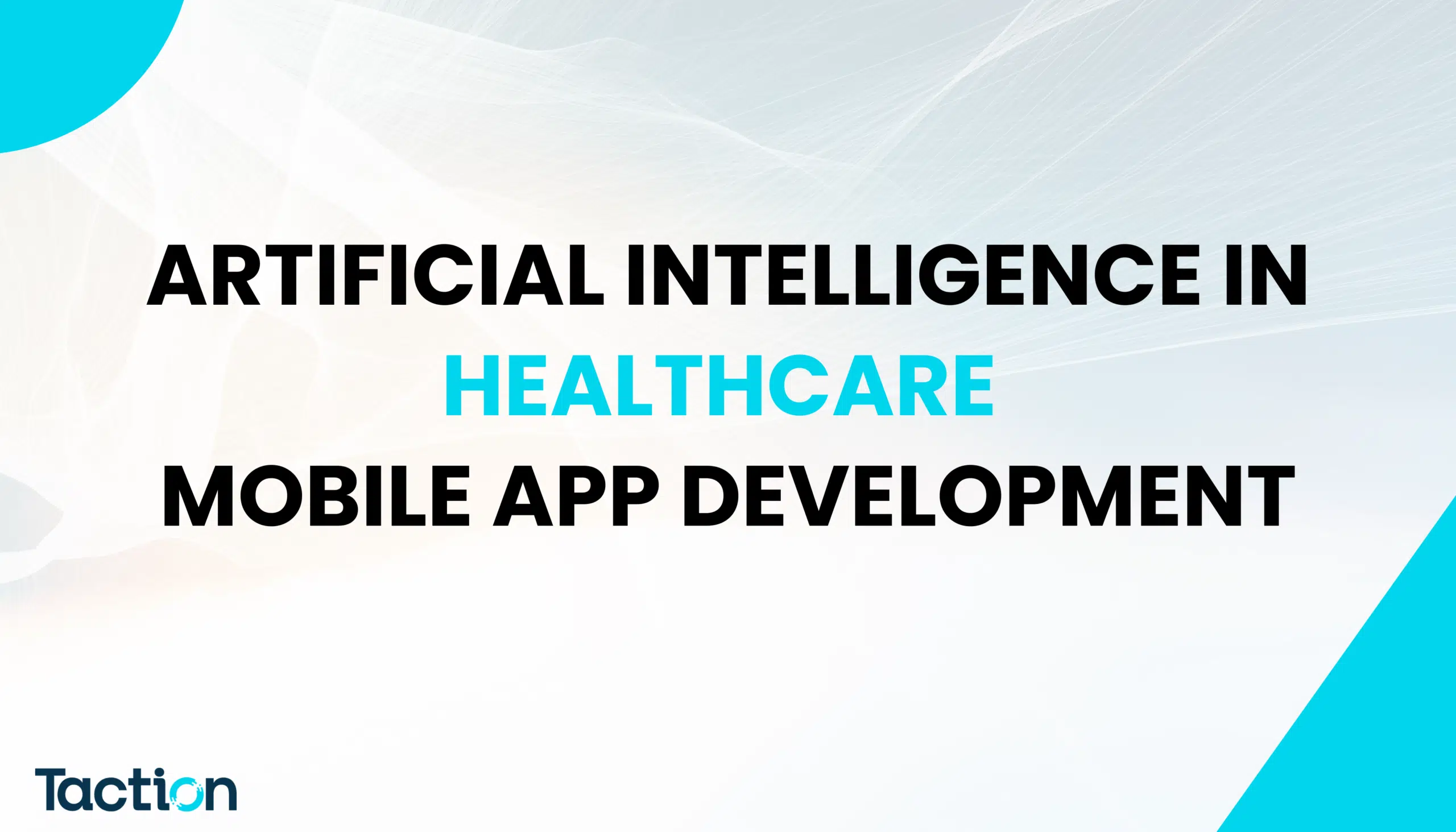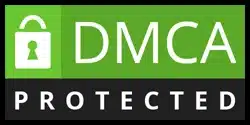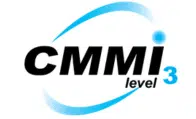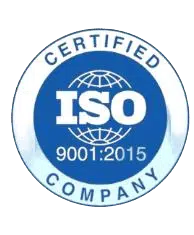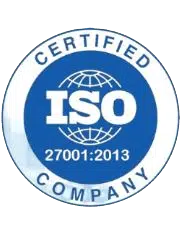Why Is Healthcare Data Integration Important? A Comprehensive Guide
A key component of the healthcare industry’s digital revolution is healthcare data integration. A thorough manual for comprehending and putting into practice efficient healthcare data integration techniques is provided by Taction Software. We examine the growth in data sources, important use cases, difficulties, and optimal procedures for smooth healthcare data integration in this blog article.
Healthcare organizations generate vast amounts of data from diverse sources, including Electronic Health Records (EHRs), telemedicine, insurance systems, and more.
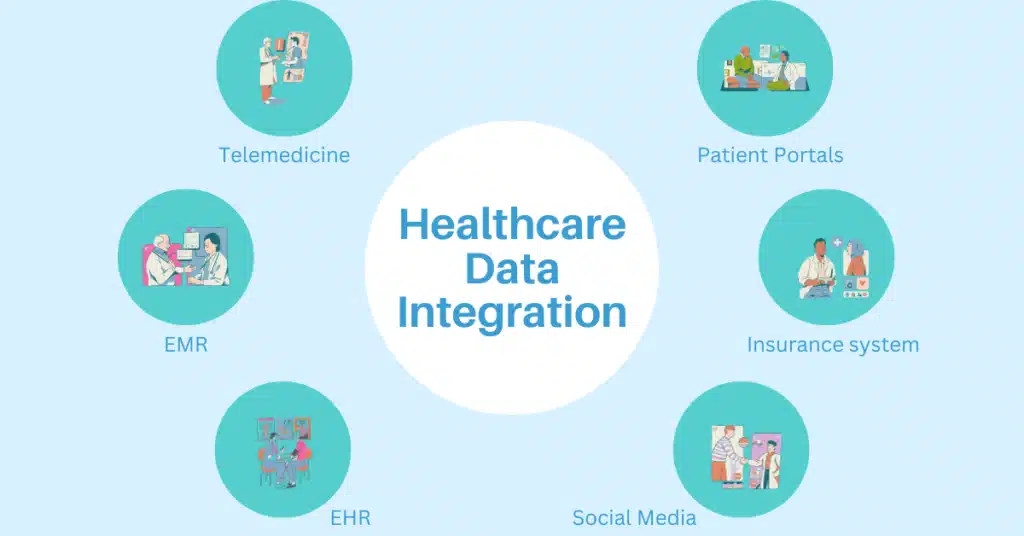
Healthcare Data Integration Use Cases
Patient-360 View:
The rise of technology in the healthcare sector depends extensively on the integration of healthcare data.A thorough manual for comprehending and putting into practice efficient healthcare data integration techniques is provided by Taction Software.
We examine the growth in data sources, important use cases, difficulties, and optimal procedures for smooth healthcare data integration in this blog article.
Crisis Response:
Particularly given the nature of the Covid-19 outbreak, the blog emphasises the importance of integrating health information in crisis response.
Taction Software highlights that healthcare organisations can follow the spread of the virus, identify at-risk groups, plan vaccine distribution, and efficiently coordinate when they have access to unified, high-quality data.
Fraud Detection:
The significance of having a single source of truth is emphasised by Taction Software in identifying and stopping fraudulent activity in the healthcare industry. Healthcare businesses are able to detect identity fraud, service-level fraud, and insurance-level deception by utilising data mining techniques on integrated data.
Data Integration Challenges in Healthcare:
Data Silos and Lack of Interoperability:
Taction Software draws attention to the widespread problem of data silos in the medical field, especially when there are compatibility between several EHR/EMR systems. Older systems make it harder to integrate with more recent cloud-based systems, which prevents interoperability.
Lack of Standardization:
The blog highlights the problem of inconsistent data, which can result in redundant entries, malfunctioning systems, and false conclusions. Taction Software highlights how the various data formats used by healthcare providers have an impact on information integration and reusability.
Data Privacy and Security:
Taction Software addresses the significant data privacy and security challenges in healthcare data integration. With patient health information being highly sensitive, strict measures are essential to protect against unauthorized access and data breaches.
Best Practices for Seamless Healthcare Data Integration:
Switch to a Cloud Data Warehouse:
We recommends adopting cloud data warehouses like Amazon Redshift and Snowflake for handling high data volumes and variety.
These platforms offer powerful computing capabilities, scalability, and unlimited storage capacity.
Identify Data Sources:
The blog emphasizes the importance of identifying critical data sources, including EHR systems, for successful data integration.
Taction Software advises healthcare providers to document internal and external data sources.
Implement Standards such as FHIR and HL7:
Taction Software advocates for using industry standards like Fast Healthcare Interoperability Resources (FHIR) and Health Level Seven International (HL7) to facilitate clinical data integration. These standards provide a common language for data exchange.
Prioritize Data Privacy and Security:
Taction Software stresses the need for robust security protocols and regular audits to ensure compliance with data privacy laws such as HIPAA and GDPR.
In conclusion, Taction Software‘s comprehensive guide highlights the transformative impact of healthcare data integration. By addressing challenges and implementing best practices, healthcare organizations can unlock valuable insights, improve patient care, and stay at the forefront of the evolving healthcare landscape.

